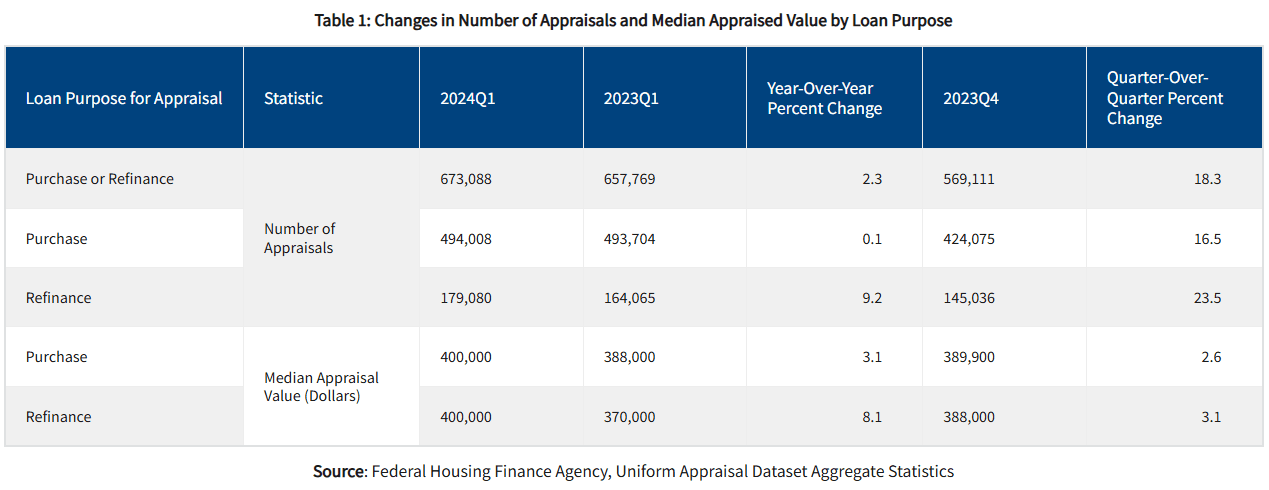The Future of Appraisal Reporting: UAD 3.6 Brings Innovation and Concern
The introduction of UAD 3.6 is set to transform the appraisal industry by enhancing data quality and reporting consistency. This dynamic update streamlines the process with adaptable reporting formats, but it also raises concerns about increased complexity and the need for advanced technology. Appraisers face challenges in training and adapting to the new system, potentially impacting efficiency. Innovative solutions like AIVRE's AI-powered software offer a way forward, automating report generation and ensuring compliance with UAD 3.6 standards.

The appraisal industry is on the cusp of a significant transformation with the introduction of the Uniform Appraisal Dataset (UAD) 3.6. This update, spearheaded by Fannie Mae and Freddie Mac, aims to enhance data quality and consistency in appraisal reporting. However, as with any major change, it brings both opportunities and concerns for professionals in the field.
Understanding UAD 3.6
UAD 3.6 introduces a dynamic Uniform Residential Appraisal Report (URAR), replacing multiple static forms with a single, adaptable format making it easier to read for the borrower and underwriter . This design allows appraisers to tailor reports to specific property types, including only pertinent data fields, thereby streamlining the appraisal process.
Key Features of UAD 3.6
- Dynamic Reporting: The new URAR adjusts based on property specifics, enabling appraisers to focus on relevant details and provide clearer, more structured reports.
- Enhanced Quality and Condition Ratings: 3.6 makes the condition and quality more accurate with it being mandatory to have a C and Q comments for every room. It is important to have enhanced quality with the FHFA showing the increases in the number of appraisals.

Appraiser Concerns
While UAD 3.6 offers advancements, it also raises several concerns among appraisers:
- Increased Complexity: The expanded dataset and dynamic nature of the new URAR may require appraisers to collect and analyze more data points, potentially complicating the appraisal process.
- Training and Adaptation: Appraisers will need to invest time in training to become proficient with the new system. The shift from traditional forms to a dynamic report structure necessitates learning new workflows and understanding updated guidelines. This ultimately could lead to the lack of possible adoption by current appraisers.
- Technological Requirements: The new system's complexity may necessitate the use of advanced tools, such as tablets or specialized software, during property inspections to ensure all required data is accurately captured.
- Impact on Efficiency: There is concern that the new UAD may slow down the appraisal process and increase turnaround times without offering a substantial enhancement in appraisal accuracy.
To navigate these developments, appraisers are turning to innovative solutions like AIVRE's AI-powered software. AIVRE has revolutionized the traditional appraisal process with cutting-edge AI technology, bringing unprecedented efficiency and accuracy to the industry.
Check out aivre.com
Key Features of AIVRE's Software:
- AI-Powered Report Generation: AIVRE's platform automates the completion of appraisal reports by integrating relevant tax assessor data, MLS information, and image recognition data. This automation significantly reduces the time required to complete reports, allowing appraisers to focus on analysis and decision-making.
- UAD-Compliant Language: The software is designed to autofill reports in UAD language, ensuring compliance with industry standards and reducing the likelihood of errors or omissions.
- Enhanced Accuracy: By leveraging AI, AIVRE improves the precision of appraisals, leading to fewer revisions and increased confidence in the results.
- Future-Ready Automation: AIVRE is prepared to implement automation for the new UAD 3.6 standard, set to be introduced in 2025, ensuring appraisers stay ahead of industry changes.
- Education: AIVRE has built in resources that provide insight and understanding for appraisers to create reports in the correct format.
By adopting AIVRE's innovative software, appraisers can effectively manage the evolving demands of the industry, ensuring efficiency, accuracy, and compliance in their appraisal processes.
Conclusion
The implementation of UAD 3.6 marks a pivotal shift in the appraisal industry, aiming to improve data quality and reporting flexibility. While these changes hold promise, it's essential for appraisers to proactively engage with training resources and adapt to new technologies to navigate the transition successfully. By doing so, they can mitigate potential challenges and continue to provide accurate and efficient appraisal services.